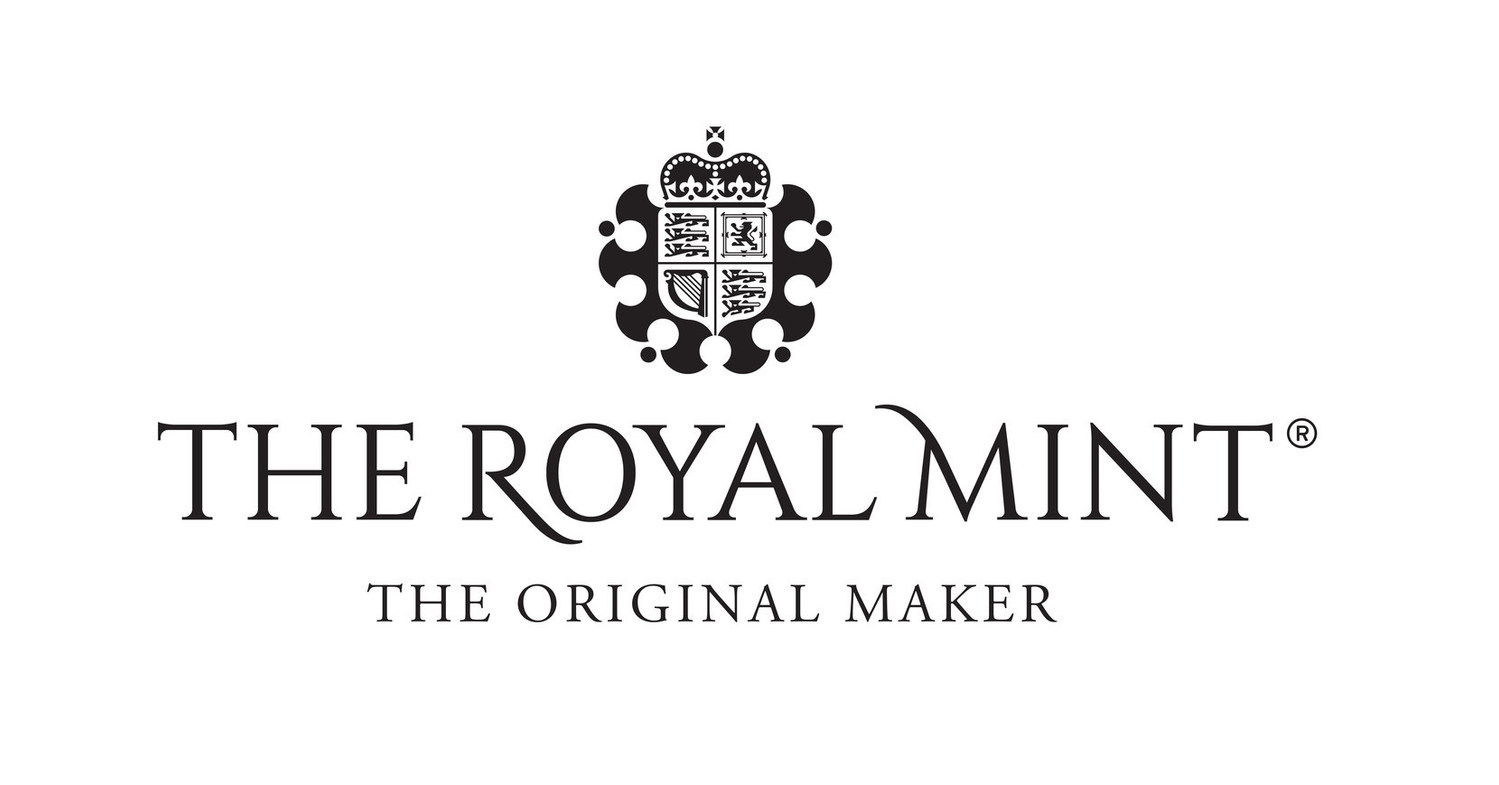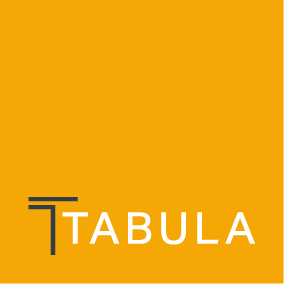ESG investors looking to access commodities have never had it so good, with HANetf and Tabula Investment Management offering two exchange-traded commodity (ETC) routes for more sustainable gold exposure.
August saw the precious metal break through $2,500 an ounce for the first time, with wrapped gold products enjoying three consecutive months of inflows and July marking their strongest month of inflows since August 2022, according to data from the World Gold Council.
With markets pricing in a potential Federal Reserve rate cut in September, sustainability-conscious investors may continue to look to the commodity through issuers’ increasingly creative offerings.
HANetf’s RMAU
The Royal Mint Responsibly Sourced Physical Gold ETC (RMAU) is Europe’s longer-standing ESG gold wrapper, amassing $945m assets under management (AUM) since inception in February 2020.
RMAU is physically backed by post-2019 LBMA good delivery bars and from March 2022, the ETF halted exposure to Russian gold and retroactively switched out all 60 of its existing underlying bars, following the invasion of Ukraine. All underlying is also compliant with LBMA Responsible Gold Sourcing Standards.
In June that year, RMAU incorporated ‘responsibly sourced’ branding into its name after becoming the world’s first ETC to be backed by recycled gold.
As at 20 August 2024, RMAU’s underlying was 51.5% comprised of recycled gold from the ‘swarf’ gold dust discarded while engraving Royal Mint commemorative coins.
According to a study by the International Journal of Life Cycle Assessment, recycled gold from high value scrap processes is 90% less carbon intensive than newly mined gold.
Although recycled gold still has to be mined for its original purpose, the fact half of RMAU's underlying is recycled offers a new angle for investors conscious about the carbon intensiveness of gold mining.
Tabula’s BARS
A recent challenger has entered in the form of the SMO Physical Gold ETC (BARS), which has made impressive early inroads with $474m since launching in April, as at 21 June.
BARS marks Tabula’s first venture outside of fixed income ETFs and sees the firm partner with Single Mine Origin (SMO), a company dedicated to conducting ‘mine to vault’ due diligence on mining companies, mining sites and refiners to ensure gold is sourced from a select list of mines adhering to ESG criteria.
This includes each mine being independently audited to verify they provide social, environmental and cultural support to communities, with underlying gold not being of Russian origin, not being recycled gold of unknown provenance and mercury not being used in the extraction process.
Gold can also only be sourced from mining companies aligned with SMO’s internal governance framework and international standards such as World Gold Council Responsible Gold Mining Principles.
In essence, BARS takes the unique approach of only sourcing gold from select mines and refiners, enabling its underlying to adhere to more stringent ESG criteria which might make the asset class more accessible to fund selectors who had previously had to avoid gold exposure.
Where new securities are issued, Tabula noted BARS may temporarily be backed by non-SMO bars, however, the underlying will still meet LBMA delivery and responsible gold standards, meaning sustainable provenance will always remain at least on par with RMAU.
Comparing ESG gold
Both ETFs take different angles to offering more ESG conscious gold exposure, with RMAU adhering to LBMA responsible sourcing standards but its key sustainable selling point being its recycled gold mechanism, which HANetf argues is a less carbon-intensive route to sourcing gold versus newly mined metal.
BARS, meanwhile, relies on SMO’s due diligence methodology, which SMO advertises as enabling traceability down to a single mine, backed by regular visits of mining sites by its personnel and proprietary ESG data spanning emissions, energy intensity and water usage.
At the very least, RMAU offers an innovative route for repurposing discarded gold that may otherwise have been wasted, while BARS provides investors the assurance their gold exposure is sourced from mines that lead on minimising negative environmental and social impacts.
The key challenge for fund selectors is verifying the claims made by each provider, such as how much carbon is saved by relying on recycled gold, or the accuracy of SMO’s due diligence and ESG data, or how often the ETC is forced to rely on non-SMO bars.
Stat attack (as at 13 Sept) | RMAU | BARS |
|---|---|---|
Launch | February 2020 | April 2024 |
AUM | $945m | $475m |
TER | 0.25% | 0.29% |
Underlying | LBMA post-2019 Good Delivery, 51.8% recycled | SMO Gold |
This article first appeared in ETF Insider, ETF Stream's monthly ETF magazine for professional investors in Europe. To read the full edition, click here.






